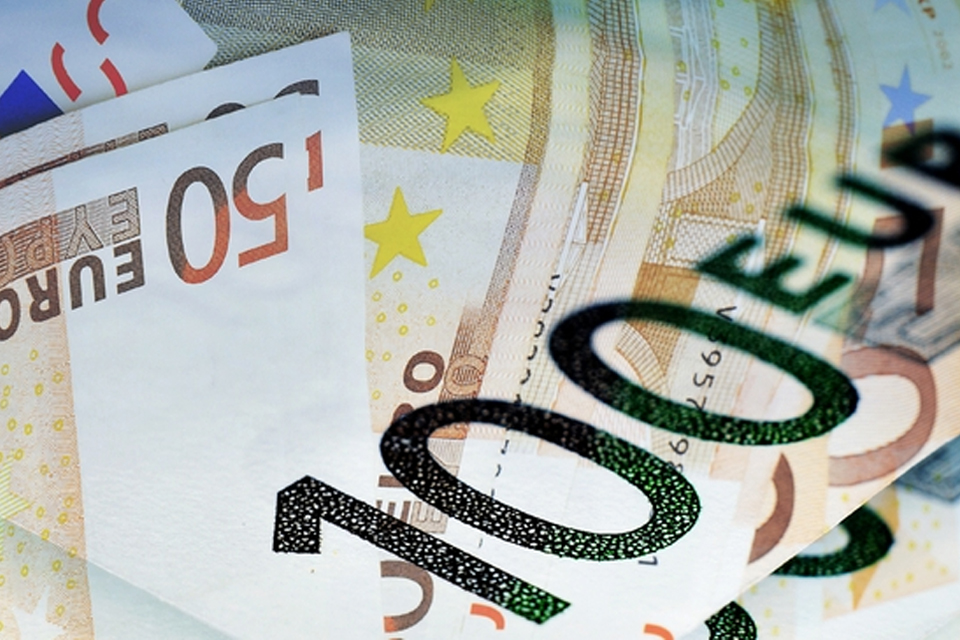Best Khabar Team | २०७७ भाद्र ११ गते बिहिबार
Europe is experiencing a “good” crisis. Despite the damage wrought by the COVID-19 pandemic and ensuing recession, its response has minimised the damage and bolstered confidence in the economy. Yet even this positive news carries risks. From Latin America’s lost decade in the 1980s to the more recent Greek crisis, there are plenty of painful reminders of what happens when countries cannot service their debts. A global debt crisis today would likely push millions of people into unemployment and fuel instability and violence around the world.

Economic recovery
The European Union has done a much better job of curbing COVID-19 infections and fatalities than, say, the United States. Moreover, its economic-policy response has been much better than expected, with all member states taking strong action to entice firms not to lay off workers. As a result, unemployment has barely risen. If the EU’s economic recovery is as strong as currently seems likely, it should be easy for firms to restart production with the same workforce they had before the crisis. In the meantime, powerful discretionary fiscal measures are supporting demand.
Now, investors all over the world are taking a fresh look at the EU. Rather than dismissing the bloc as an economic and political basket case – a collection of slow-growth economies that can’t seem to stop squabbling with one another – they are beginning to appreciate its slow but solid, generally science-based policymaking. The relatively low level of public debt in many countries also helps.

This does not mean that investors expect miracles from the EU economy. But it is doing far better than many. In the US, for one, unemployment has skyrocketed; GDP contracted by 9.5 per cent in the second quarter of 2020 – 32.9 per cent year on year – the economy’s worst performance since 1947; and policymaking has become deeply partisan and erratic. As the proverb goes, in the land of the blind, the one-eyed man is king.
The EU’s recently agreed €750 billion ($886 billion) pandemic recovery fund – which includes the first large-scale issuance of European bonds – has bolstered its reputation further, by allaying concerns about the cohesion of the common currency. Risk spreads on the government bonds of countries like Italy, Spain, and Portugal have fallen – a development that should help them to weather the crisis.
But a key consequence of rising confidence in the EU – upward pressure on the euro’s exchange rate – could offset the benefits of lower risk premia. The exchange rate tends to have a strong, immediate impact on growth in Europe. For example, the euro’s relative strength at the end of 2017 contributed to a growth slowdown in the subsequent two years. Today, the currency is even stronger than in 2017: over the last few weeks, its weighted average exchange rate has increased by 5 per cent, reaching a five-year high.
The problem lies in the fact that the eurozone is a very open economy, with exports of goods and services accounting for close to 30 per cent of GDP. In the US, that figure stands at just 12 per cent of GDP. Trade is also less important to the economy in Japan and China, implying that the eurozone is the most “globalized” of the world’s four largest economies.
This combination of openness and export dependence means that the eurozone could be in serious trouble if the euro continues to rise. Those who push for a stronger international role for the euro should take note: while such a shift might be desirable from a geopolitical point of view, the economic implications are less cut and dried. For a highly open economy like the eurozone, they certainly include significant disadvantages.
The situation is somewhat different for the US, partly because of the dollar’s global role. While a strong currency undermines export competitiveness and employment, the US economy’s vulnerability to exchange-rate fluctuations is limited, because it is not as open. As recent International Monetary Fund research shows, the overwhelming dominance of the US dollar in trade invoicing – the so-called Dominant Currency Paradigm – also makes a big difference.
Because most exporters worldwide invoice in dollars, their export prices remain relatively stable, even when their local currency’s exchange rate vis-à-vis the dollar changes. As a result, neither these economies nor the US economy seems to benefit substantially from a depreciation of the local currency in the short term, or to suffer significantly from its appreciation.
Exception
Exporters from Europe are the exception: because they tend to invoice in euros, European exports become less competitive everywhere when the euro appreciates against the dollar. While a depreciation of the dollar does not help the US economy, it does hurt Europe. As for a depreciation of the euro, the main beneficiaries might be emerging economies, but only those that export industrial products. Commodity exporters just experience a decline in export earnings. For years, EU policymakers have been pushing for a stronger global role for the euro. Given their positive response to the COVID-19 crisis, they might be about to get their wish. But it may not be long before they will realize that every rose has its thorns.
(Source :TRN)
(Gros is director of the Centre for European Policy Studies.)
 स्पेन र पोर्चुगलमा अप्रत्यासितरुपमा विद्युत् कटौती, जनजीवन कष्टकर, रेल तथा हवाईसेवा प्रभावित
स्पेन र पोर्चुगलमा अप्रत्यासितरुपमा विद्युत् कटौती, जनजीवन कष्टकर, रेल तथा हवाईसेवा प्रभावित
२०८२ बैशाख १५ गते सोमबार
२८ अप्रिल, २०२५सेन्जेन, लक्जम्बर्ग । युरोपेली मुलुक स्पेन र...
 किसानमारा चिनी उद्योगका सञ्चालकलाई तत्काल पक्रन गृहमन्त्रालयको निर्देशन
किसानमारा चिनी उद्योगका सञ्चालकलाई तत्काल पक्रन गृहमन्त्रालयको निर्देशन
२०७६ पुष १५ गते मंगलबार
३१ डिसेम्बर, २०१९ काठमाडौं । गृहमन्त्रालयले देशका तराई क्षेत्रमा...
 चीनमा कोरोना कहर : फेब्रुअरी १८ सम्म १८६८ जनाले ज्यान गुमाए
चीनमा कोरोना कहर : फेब्रुअरी १८ सम्म १८६८ जनाले ज्यान गुमाए
२०७६ फाल्गुन ६ गते मंगलबार
१८ फेब्रुअरी, २०२० बेइजिङ्ग । विश्वव्यापी रुपमा प्रभाव छाडेको...
 बेलायतबाट नेपाल आउने सबै उडानमा रोक लगाउने सरकारको निर्णय
बेलायतबाट नेपाल आउने सबै उडानमा रोक लगाउने सरकारको निर्णय
२०७७ पुष ७ गते मंगलबार
२२ डिसेम्बर, २०२०काठमाडौं । नेपालले बेलायतबाट नेपालमा हुने सबै...
 आगामी बैशाख १८ सम्मका लागि नेपाल आउने सबै विदेशी पर्यटकलाई नेपाल प्रवेशको भिषा बन्द, हवाई र स्थलमार्ग दुबैमा यो नियम लागू हुने
आगामी बैशाख १८ सम्मका लागि नेपाल आउने सबै विदेशी पर्यटकलाई नेपाल प्रवेशको भिषा बन्द, हवाई र स्थलमार्ग दुबैमा यो नियम लागू हुने
२०७६ चैत्र १ गते शनिबार
१४ मार्च, २०२०काठमाडौं । सरकारले आजराति (आइतबार बिहान १...
Top